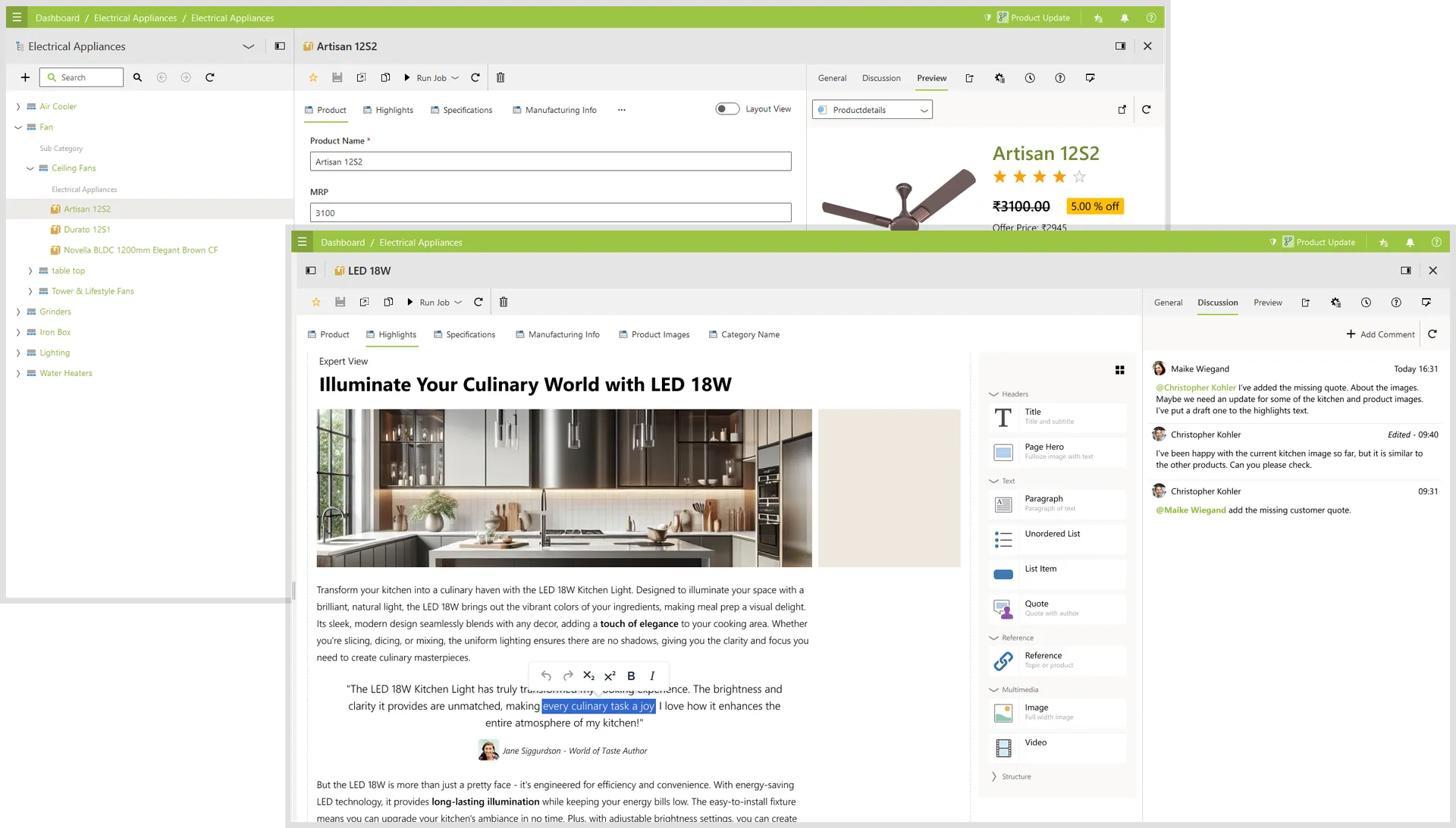Build Dynamic Angular Applications with NovaDB Headless CMS NovaDB Headless CMS for Angular
Traditional CMS platforms often limit Angular developers with rigid structures. NovaDB Headless CMS offers a flexible, API-first solution ideal for Angular. Its modular setup enables seamless integration, allowing developers to build dynamic, fast Angular apps without constraints.

What is a Headless CMS and Why Do Angular Developers Need One?
A headless CMS like NovaDB separates the front end and back end, allowing content to be delivered via APIs. This decoupled architecture gives Angular developers the freedom to build customized user interfaces while accessing structured content dynamically.
Angular’s modular and component-based architecture thrives with a flexible data source. NovaDB ensures this compatibility, allowing developers to build rich, responsive user interfaces while fetching and rendering data in real-time.
With the combination of NovaDB and Angular, developers can create dynamic and modern user interfaces, while fetching and rendering content and other data from the NovaDB Headless CMS via API.
Why Choose NovaDB Headless CMS for Angular Projects?
Seamless API Integration with Angular
NovaDB is an API-Driven CMS. The content hosted in the CMS can be accessed in your Angular application quickly. Compared to traditional CMS systems, NovaDB headless CMS is faster and superior in terms of security, performance, and real-time content delivery. NovaDB is built for API-Driven applications, which makes it superior to other traditional monolithic CMS that exist in the market.
Scalable Content Delivery
NovaDB is built on MACH architecture. The Microservices-based architecture helps with scalable content delivery. The CMS is offered as a SaaS solution, which auto-scales its components based on traffic needs. Since the CMS backend is separate from the front end, the CMS can be scaled without affecting the front end.
Flexible Content and Data Modelling to Support Angular
Angular is a very dynamic front-end framework. The content management system for such a front end must be equally powerful and capable. NovaDB CMS is built for modularity and composability. Compared to traditional CMS systems, NovaDB provides the ability to create custom content architecture, without affecting performance. This is particularly helpful for projects where the data and content structure is unique and doesn’t fit into any of the pre-built template models of traditional CMS systems.
Real-Time Fast Loading Angular UI
The API is optimized for performance and security, enabling faster loading of Angular pages on your application. Even though most traditional CMS systems comes with an API, they are not optimized for performance in most cases. NovaDB fills this gap and provides Angular developers with a super-fast mechanism for accessing content hosted in the CMS.
Security and Role-Based Access Control
NovaDB is not just a content hosting solution. It comes with advanced tools for user management, security, version control, and more. Permission and roles can be assigned for each user to manage and edit the content, reducing the burden on developers to build custom systems.
Challenges in Traditional CMS Systems that Headless CMS for Angular Solves
- Fixed Content Templates: Lack of flexibility for modern UI designs.
- Unoptimized APIs: Slow data delivery impacting Angular performance.
- Limited Scalability: High operational costs to scale traditional CMS systems.
- Poor Performance: Struggles to handle the demands of interactive Angular UIs.
- Multi-Channel Distribution: Challenges in delivering consistent content across platforms.
.png)
Use Cases for NovaDB Headless CMS in Angular Projects
- Single Page Applications (SPAs): Deliver dynamic, real-time content to interactive Angular SPAs.
- E-Commerce Platforms: Manage scalable product catalogs and personalize user experiences.
- Enterprise Dashboards: Provide real-time analytics and data visualization.
- Progressive Web Apps (PWAs): Enable lightweight and fast-loading PWAs.
- Knowledge Management Systems: Centralize and deliver structured knowledge resources.
- Enterprise Websites: Build highly scalable, multilingual corporate websites.
- Multi-Channel Content Management: Deliver content seamlessly across web, mobile, and other platforms.

.png)